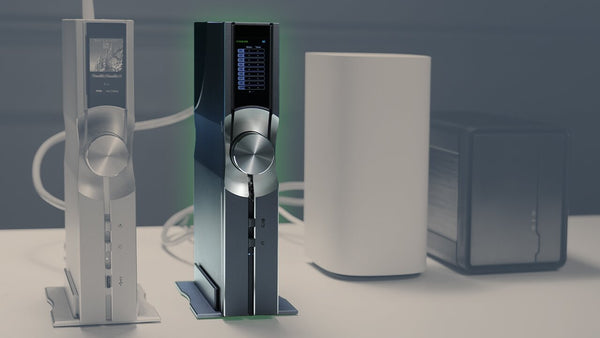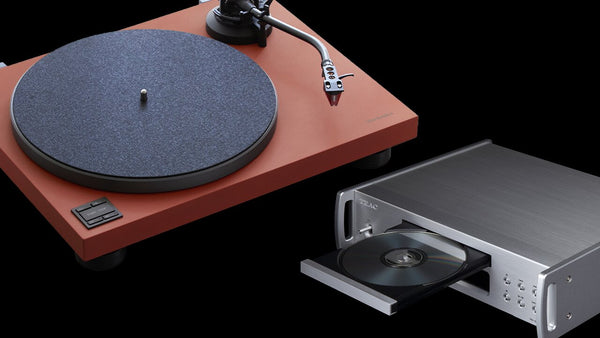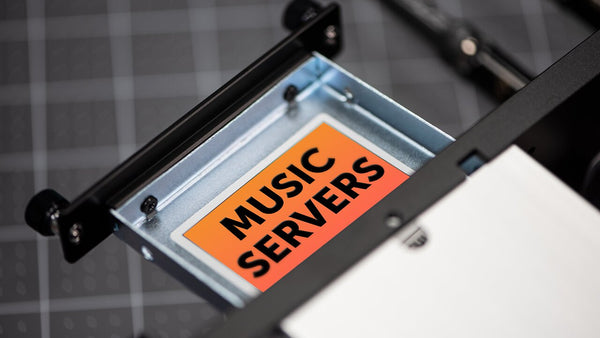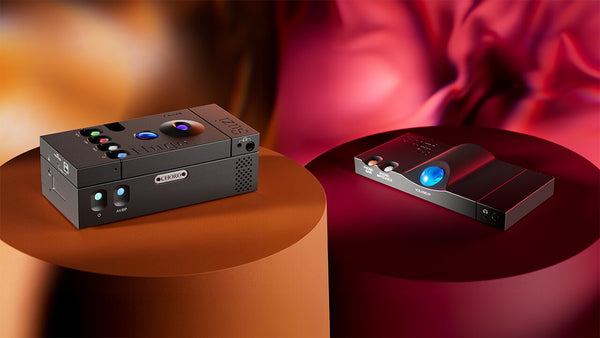A Guide to the Best-Selling Albums in Music History

TL;DR:
- The best albums blend high sales with cultural impact, strong production, staying power, and critical acclaim.
- Thriller by Michael Jackson is the top global seller, praised for its iconic songs and Quincy Jones’ innovative production.
- The Eagles’ Their Greatest Hits (1971–1975) is the best-selling album in the U.S., known for its analog warmth and lasting appeal.
- Rumours, The Dark Side of the Moon, Sgt. Pepper’s, and 21 are also standout albums thanks to exceptional engineering and lasting influence.
- Live albums like Neil Young's Live Rust, James Brown's Live at the Apollo, and Nirvana's MTV Unplugged deliver raw energy and high-quality sound that still guide live recording today.
When we talk about the best albums of all time, it’s not just about chart-topping sales or Grammy wins; It’s about the total experience. From the warmth of analog recordings to groundbreaking production techniques, some albums have managed to hit that rare sweet spot where commercial success, sonic quality, and cultural impact collide.
For audiophiles, the appeal runs even deeper. It’s in the details—the engineering, the mastering, the dynamic range. The albums we return to again and again aren’t always just the ones that sold the most copies, but the ones that sound unforgettable.
In this guide, we’ll take a closer look at the most iconic best-sellers in music history. From the best-selling album of all time to timeless live recordings and immaculately produced studio records, we’ll explore why these albums still resonate, both emotionally and sonically, and why they hold a lasting place in music history.
What Makes an Album "the Best"?
When it comes to naming the best albums of all time, there’s more to consider than just high sales numbers. Sure, chart-topping stats are impressive, but an album’s true greatness often goes deeper. It touches on its cultural reach, sound quality, and the way it stands the test of time.
Here’s a look at the key factors that help an album earn legendary status:
Sales Figures
Sales are usually the first thing that comes to mind. Albums like Thriller by Michael Jackson or The Eagles’ Greatest Hits have sold in the hundreds of millions and are often at the top of best-selling lists.
These numbers reflect broad appeal, but they don’t necessarily mean an album is universally loved or artistically influential. Sales show success, not always substance.
Cultural Impact and Influence
Some albums go beyond popularity and help shape music history. Think of Sgt. Pepper’s Lonely Hearts Club Band or Nevermind.
These albums didn’t just sound different; they sparked new movements, influenced countless artists, and shifted pop culture itself. That kind of impact often weighs heavily when people talk about the best albums of all time.
Production Quality and Engineering
For audiophiles and music pros, how an album sounds is a big deal. Clean, dynamic, and well-balanced production can elevate a good album to a great one.
The best engineered album isn’t just technically flawless. It brings every element together in a way that enhances the music. Awards for sound engineering, like the Grammy for Best Engineered Album (Non-Classical), highlight how critical this behind-the-scenes work really is.
Critical Reception Over Time
Some albums are instant critical darlings. Others take a while to get the recognition they deserve. Either way, how critics view an album over time plays a big role in its legacy.
A record that holds up, or even improves, with age often finds itself being reevaluated and ranked among the greats.
Staying Power and Relevance
Then there’s the longevity factor.
Albums like Rumours or The Dark Side of the Moon haven’t just lasted, they’ve thrived across generations. Whether they’re getting rediscovered on vinyl, streamed by new fans, or referenced in today’s media, albums with real staying power keep finding ways to connect with listeners.
For serious music fans, especially those who care about sound quality, the technical side of things can be just as important as the songwriting. A truly great album offers a listening experience that’s rich, immersive, and unforgettable.
The Best Selling Album of All Time
When it comes to the best-selling album in history, one name continues to stand above the rest: Thriller by Michael Jackson.
Released in 1982, this legendary record has sold over 65 million copies worldwide, with some estimates placing it even higher. No matter which number you land on, one thing is clear: Thriller isn’t just a commercial success, it’s a cultural phenomenon.
Tracks That Defined a Generation
Part of Thriller’s massive appeal lies in its unforgettable lineup of songs. From the eerie storytelling of the title track “Thriller” to the infectious hooks of “Billie Jean” and “Beat It,” the album delivers hit after hit.
Each song brought something unique to the table, blending pop, rock, funk, and R&B in a way that resonated with a massive global audience. It was an album you could dance to, sing along with, and replay endlessly without getting tired of it.
Quincy Jones & Groundbreaking Production
Much of Thriller’s magic can be traced back to the collaboration between Michael Jackson and legendary producer Quincy Jones. The two had already found success with Off the Wall, but with Thriller, they elevated their craft to an entirely new level.
Jones brought a cinematic approach to pop production, layering sounds, textures, and arrangements that gave the album a timeless polish. The precision and creativity of the production helped redefine what pop music could sound like.
An Engineering Masterpiece
Thriller isn’t just praised for its musical content; it’s also considered a gold standard in sound engineering.
Recorded by Bruce Swedien, the album’s mix is still referenced by sound engineers today for its clarity, dynamics, and depth. Tracks like “Billie Jean” are studied for their tight drum sounds, perfectly balanced vocals, and innovative use of reverb and stereo imaging.
In audiophile circles, Thriller is often held up as an example of what high-quality analog recording can achieve.
The Best Selling Album in U.S. History
While Thriller holds the global crown, when it comes to American soil, the top spot belongs to The Eagles' Their Greatest Hits (1971–1975).
This compilation of the band’s most beloved tracks has earned a staggering 38x Platinum certification from the RIAA, making it the best-selling album in U.S. history.
It’s a collection that captures the essence of 1970s American rock, and its enduring popularity says a lot about the nation's musical identity.
Rich Analog Warmth and Mastering
From an audio perspective, the album really holds up.
Recorded and mastered during the height of the analog era, it delivers a warm, rich sound that fans and audiophiles continue to appreciate. The guitar tones, vocal harmonies, and smooth arrangements are crystal clear, especially on vinyl or high-quality digital remasters.
The audio mastering helped define what classic rock could sound like when done right.
Why It Still Connects
Part of what makes Their Greatest Hits so enduring is its cross-generational appeal. These are songs that parents played in the car and passed down to their kids, and now those kids are doing the same. Whether you’re hearing it for the first time or the hundredth, the music feels familiar in the best way.
This album also reminds us why classic rock has such a lasting place in American music history. The Eagles helped define the sound of an era, and their greatest hits continue to serve as a go-to introduction for anyone exploring the roots of American rock.
Other Albums with Impeccable Engineering and Lasting Impact
Beyond the top-selling legends, several other albums stand out for their exceptional sound quality and lasting influence. These records are celebrated not just for their popularity but for their production, emotional depth, and timeless appeal.
For audiophiles and casual listeners alike, they represent the gold standard of what makes a truly unforgettable album.
Fleetwood Mac – Rumours
Few albums strike the balance between critical acclaim and commercial success like Rumours.
Released in 1977, it has sold 40 million copies and still ranks high on lists of the best albums of all time. But what really sets it apart is the engineering. From its use of analog tape to its clean, layered vocals and crisp instrumentation, Rumours is a prime example of classic analog recording done right.
The emotional tension behind the music (much of it drawn from the band’s real-life relationship drama) adds an extra layer of authenticity. Songs like “Dreams” and “The Chain” still feel raw and relatable.
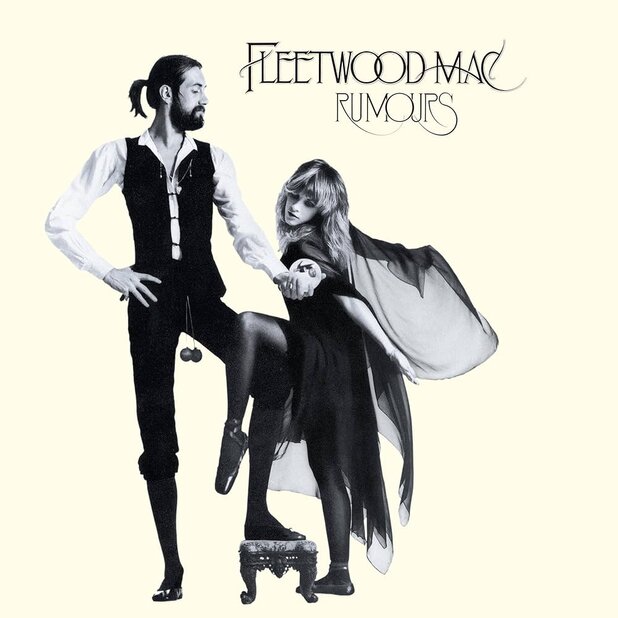
Pink Floyd – The Dark Side of the Moon
When it comes to studio craftsmanship, The Dark Side of the Moon is in a league of its own.
Released in 1973, this album is often called one of the best-engineered albums ever made. Engineer Alan Parsons helped the band create a soundscape full of rich textures, stereo effects, and innovative production techniques that were way ahead of their time.
From the heartbeat that opens the album to the soaring vocals on “The Great Gig in the Sky,” every detail is intentional and immersive. In fact, it’s an album that still gets used to test high-end sound systems.
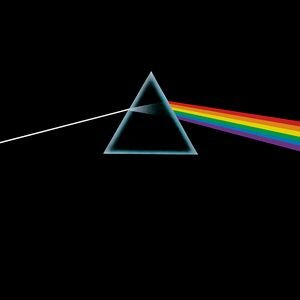
The Beatles – Sgt. Pepper’s Lonely Hearts Club Band
Sgt. Pepper’s was groundbreaking and changed how people thought about what an album could be.
Released in 1967, The Beatles and producer George Martin pushed creative and technical boundaries by layering tracks, experimenting with sound effects, and adding orchestral elements. It was one of the first records to treat the studio itself as a creative tool.
The result was a rich, colorful sound that still holds up decades later. It’s a cornerstone of music history and a high point in both artistry and production.
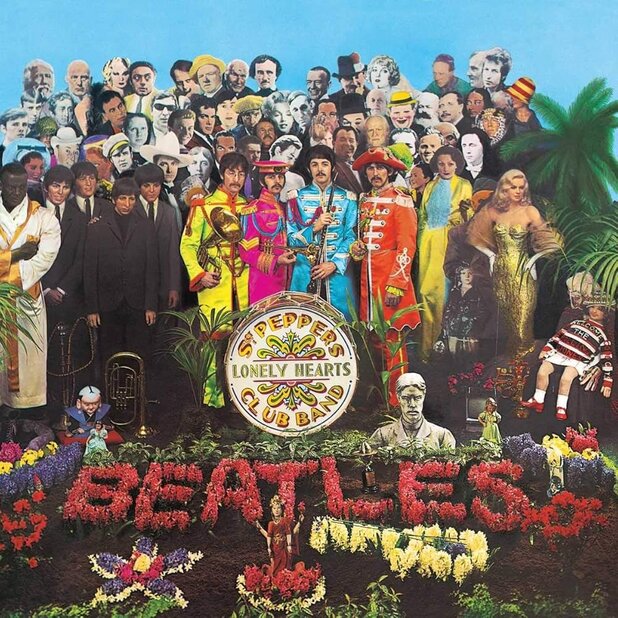
Adele – 21
Bringing things into the modern era, Adele’s 21 proves that powerful engineering isn’t limited to the analog days.
Released in 2011, the album was a massive commercial success and a critical hit. What makes it stand out, though, is how it balances raw emotion with clean, polished production.
Songs like “Someone Like You” and “Set Fire to the Rain” showcase Adele’s voice with remarkable clarity. The album is a favorite among hi-fi listeners for its smooth mastering and emotional punch. This album is proof that great engineering still matters in the digital age.

The Best Live Albums of All Time (For the True Audiophile)
Live albums offer something truly special: the ability to capture an artist’s raw energy and emotion in the moment. When mixed and mastered well, a great live album delivers clean mixes, strong dynamics, and just the right balance between the performance and the audience.
Here are a few standout live albums that check all those boxes and then some:
Neil Young & Crazy Horse – Live Rust
Live Rust, released in 1979, is a fantastic showcase of Neil Young’s talent. From hushed moments like “Sugar Mountain” to the full-throttle grit of “Hey Hey, My My,” the sound engineering lets each element breathe without losing the energy of the performance. It’s a vinyl favorite for a reason.
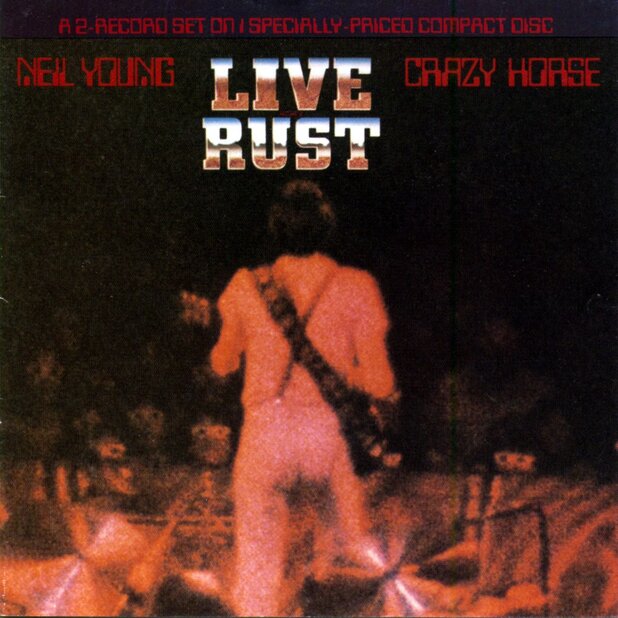
James Brown – Live at the Apollo
Recorded in 1962, this album captures James Brown and his band at their tightest.
Even with the limitations of the era’s recording tech, the sound is crisp and the mix highlights the band’s punchy rhythm and Brown’s powerful voice. The crowd is right there with him, adding to the intensity without overpowering the music. It’s a great example of early live recording done right.
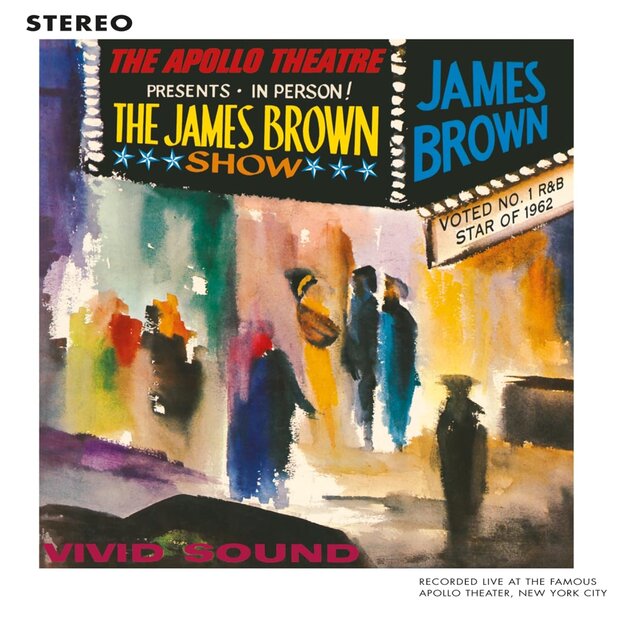
Nirvana – MTV Unplugged in New York
Released in 1994, Nirvana’s MTV Unplugged in New York is a live album that stands out for its emotional weight and stripped-down production.
Without the distortion and volume that usually defined the band, listeners were treated to a more vulnerable, intimate side of Nirvana. The production is clean, the acoustics are warm, and every subtle vocal crack or guitar pluck is easy to catch.

Why These Albums Still Matter Today
Decades after their release, many of the albums we’ve explored are still being celebrated—and not just for nostalgia’s sake. They continue to matter because of how they were made.
Every vocal track, guitar solo, and background harmony was engineered with care. The producers and engineers behind these records pushed the limits of what was technically possible at the time, laying the groundwork for what many consider industry best practices today.
This attention to detail is why these albums still sound incredible, whether you’re streaming them in high-res digital or spinning the vinyl on a well-calibrated turntable. For audiophiles, that kind of craftsmanship never goes out of style.
Shaping the Future of Sound
The influence of these albums goes far beyond their own track lists. They’ve shaped how modern music is produced, mixed, and mastered. All of the elements from stereo imaging to vocal layering have become reference points for sound engineers and producers.
Their impact can be felt not just in how music is created, but in how it's consumed and experienced across generations.
At the end of the day, it’s not just about the numbers. It’s about how these albums make people feel, and how remarkably good they still sound while doing it.
Hear the Difference for Yourself
As audio technology improves, so does our ability to experience music with more depth, clarity, and emotion than ever before.
If you're looking to get even closer to the music, now is the perfect time to upgrade your system. Premium audio cables, digital audio players (DAPs), digital-to-analog converters (DACs), and other high-fidelity components can transform the way you hear your favorite albums.
Explore top-tier gear at Moon Audio and find the perfect setup for your space. Whether you’re just getting started or refining a long-standing collection, you’ll find everything you need to experience your favorite albums like never before.







